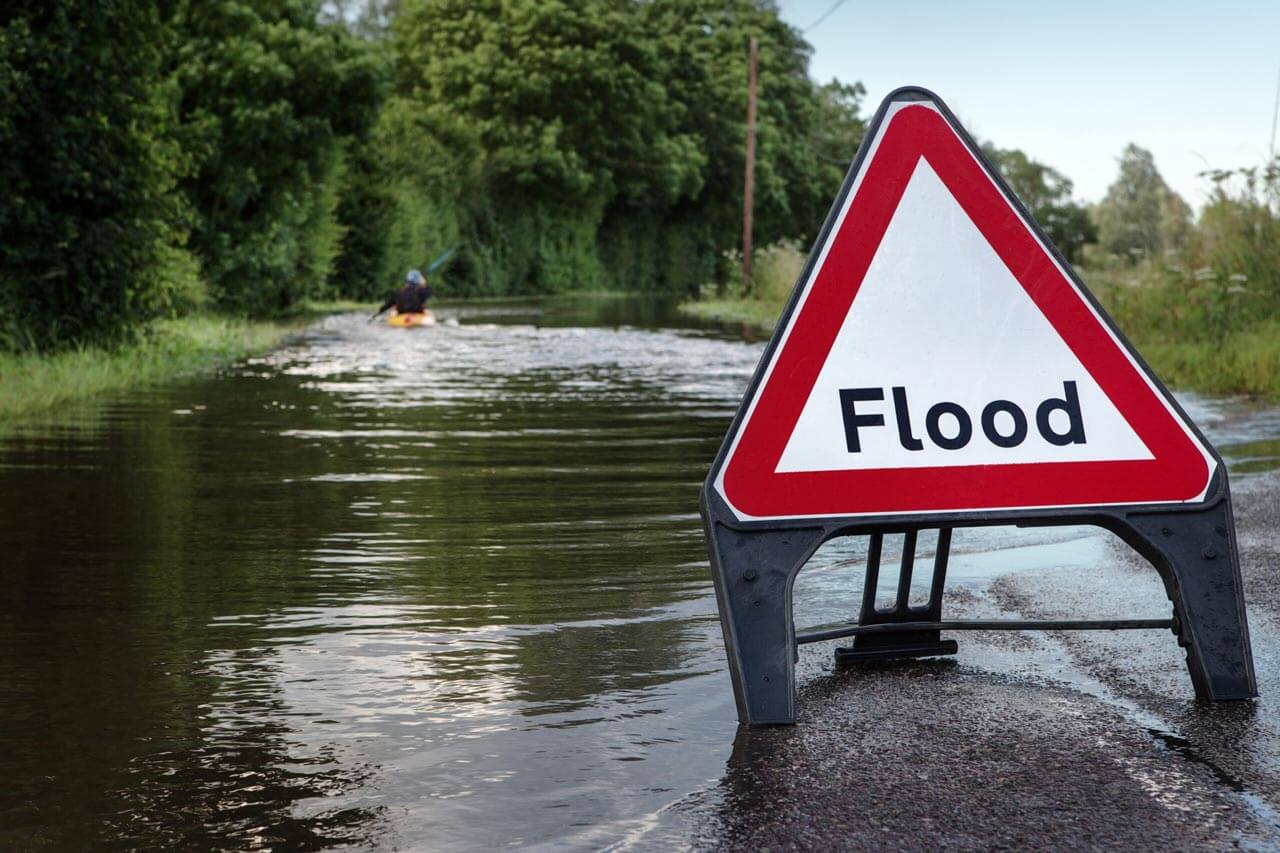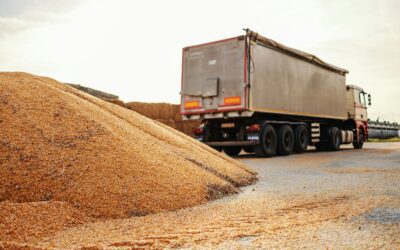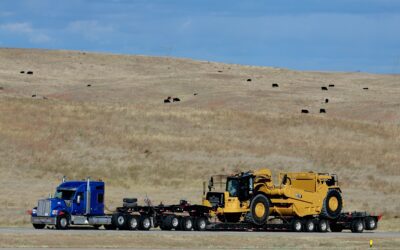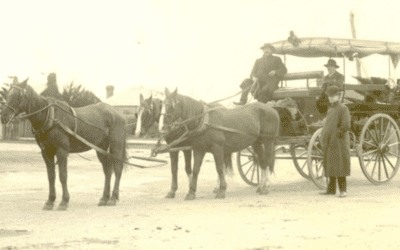FEMA defines a flood as “a general and temporary condition of partial or complete inundation of 2 or more acres of normally dry land area”. The leading causes of flooding include heavy rainfall, hurricanes, tsunamis, levy breaks, and rapid snow melt. This means flooding can happen at any time, in any season, posing risks to flood safety & supply chain. In 2021, the United States experienced over 20 billion-dollar disasters, two of which were floods in California (January; 2022) and Louisiana (May; 2022).
Fast fact: 40% of small businesses impacted by flooding do not reopen.
Article Overview
12 High-Risk Sates for Flooding
- Georgia
- North Carolina
- District of Columbia
- Deleware
- Maryland
- South Carolina
- New Jersey
- Arkansas
- Mississippi
- Florida
- Louisiana
- California
But this doesn’t mean other states are exempt. Just last week, Yellowstone National Park experienced massive flooding, likely due to excess rain or rapid snow melt. The following are some flood safety tips that can help communities prepare for and deal with floods.
Know your flood risk
Check archived news if you’re new to the area. If your neighborhood or county has experienced flooding, chances are it can easily happen again. While historical data exists to help city planners and developers make the best decisions, sometimes flood plains or high-risk areas are still heavily populated or built on.
Knowing your high-traffic lanes is vital if you’re in the transportation or logistics industry. If your shippers, warehouses, or carriers are in a flood-prone area, you may experience challenges and setbacks during inclement weather.
Find flood maps through your local or state government through a quick online search. Most states have maps that will drill down to the county level with flood data. Additionally, the FEMA website offers flood map breakdowns, historical data, and helpful tips to better prepare for flooding.
Matching this data to your supply chain operations will help you better understand the impacts to your business ecosystem.

Stay Informed
Sign up for weather alerts on social media, national stations, and reputable experts to stay in the know. Weather alerts will help you quickly determine if you need to take action immediately and brace your logistics team for a quick shift in operations.
Check your local news periodically when mild or severe weather hits to get ahead of road closures or flooding, power outages, and potential flash flood areas. A simple rainfall could flood underwater roadways in minutes, depending on elevation changes.
Check neighboring county news when heavy rainfall occurs to monitor the movements of the storm or when critical accidents happen, such as a levy break, to determine your risk level.
Major freight hubs such as Memphis, New Orleans, or Portland can easily be impacted by critical flood damage in neighboring states. This could shut down operations altogether. Stay on top of flood risks, climate change aftermath, and current events in your warehouse and procurement locations to better prepare for inventory loss.
Prepare for outages
Outages can cause chaos in almost every sector of the supply chain, rippling outward country-wide. Everything from purchasing, manufacturing, inventory management, demand planning, warehousing, and transportation can risk a shutdown due to access issues to management, operation, and payment systems.
We live in a world where most business is conducted virtually. The inability to remain updated on the progress of transportation, to monitor inventory and warehousing, and loss of general operations such as sales, logistics coordination, and customer service, could mean a standstill for hours or even days.
Have an emergency plan in place, such as emails, text messages, and other notifications ready to send at a moment’s notice. When severe weather warnings launch, so should your communication indicating a potential outage. Remaining vigilant is the best way to protect your assets as a logistics and transportation professional.
Protect yourself
It would be wise for businesses (and households) to have a backup generator to keep the lights on and electronics charged. Remember, generators should run at least 20 feet away from windows, vents, and doors to prevent carbon monoxide poisoning.
Use extreme caution when entering homes and buildings that have been flooded; flood water can carry debris and sewage, and standing water can hold diseases. If you’re in a flood-prone or high-risk area or are volunteering in relief efforts, consider having the proper clothing to protect yourself.
Expect supply chain challenges
Freight shipping rates usually spike after disasters. Fuel consumption and on-duty time are increased as impassable roads force drivers to take alternate routes. Rates will also take a hit due to capacity constraints. As a 3PL, you’ll need to pay the price to keep loads moving.
Transit time will be challenging as roadways are clogged with debris, storm runoffs overflow, trees may be down, and roads will be closed. Drivers may have to wait until roads reopen or suffer the traffic as responders rush to safely clear and open routes.
With a sudden influx in demand and the potential for load refusals due to safety risks, capacity will almost always be an issue after a natural disaster. Carriers will often refuse loads after a flood or hurricane to protect their trucks and trailers and avoid driving in hazardous conditions and damaging equipment.
Fuel prices can rise due to refinery floods and disruptions. Hurricane Harvey shut down close to 17% of U.S. oil refinery capacity. Many refineries are close to locations where hurricanes can make landfall. Several refineries shut down due to COVID-19, making supply scarce in 2022.
Flood Insurance
The National Flood Insurance Program, or NFIP, “partners with more than 50 insurance companies and thousands of independent agents across the country to offer the same affordable NFIP rates and crucial insurance coverage.” Those in the warehousing branch of the supply chain should consider a commercial insurance option to protect or recover inventory loss.
As a shipper, broker, or carrier, it’s essential to understand the business practices of your logistics partners. Keeping an open line of communication about risks, mitigation processes, and recovery plans are vital to a healthy supply chain.
Relief Efforts
Similar to our impacts of hurricanes blog, the relief efforts for large-scale floods primarily stem from FEMA. With ten dedicated FEMA regions in the United States, you’ll have several opportunities to join the cleanup and relief efforts. An impactful way to get started is to become a dedicated carrier and/or join local efforts through vetted non-profit organizations.
Regardless of how you or your organization choose to aid post-crisis, always use recommended safety procedures.






